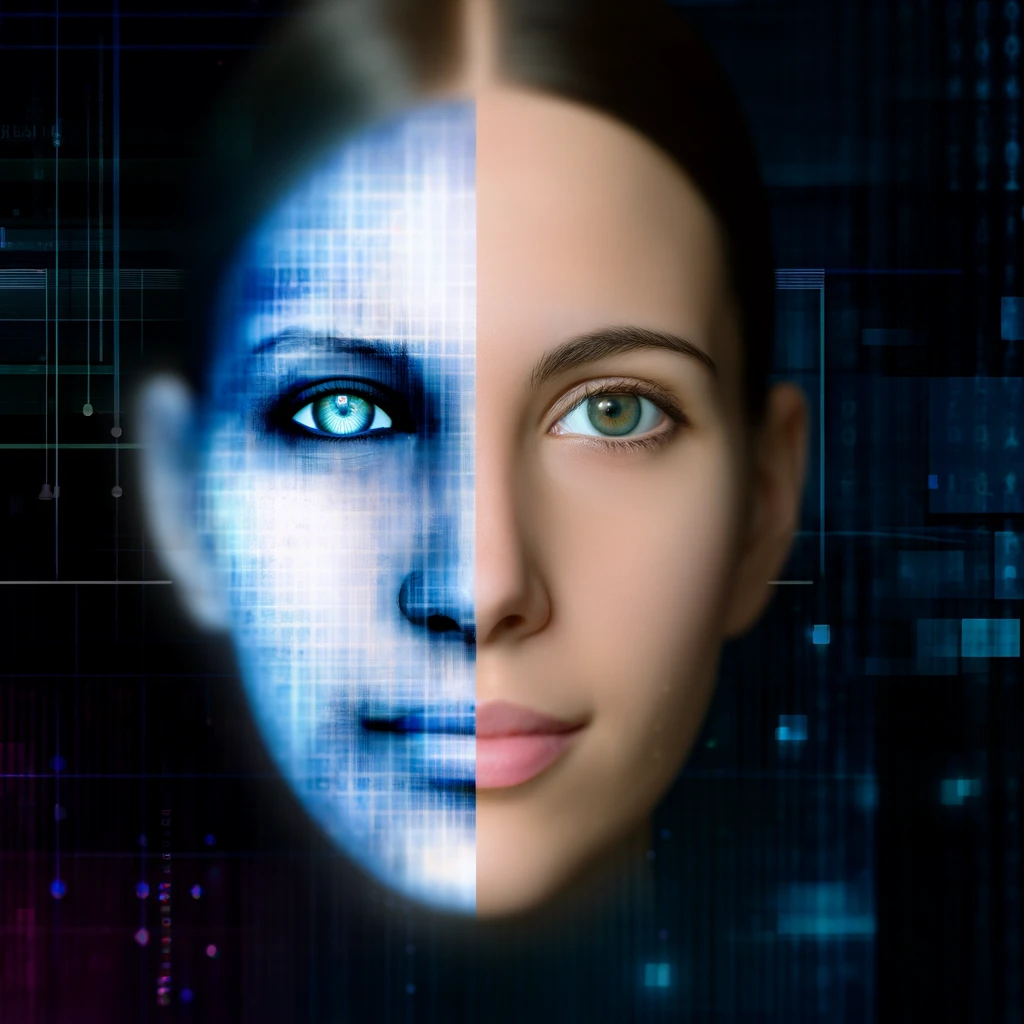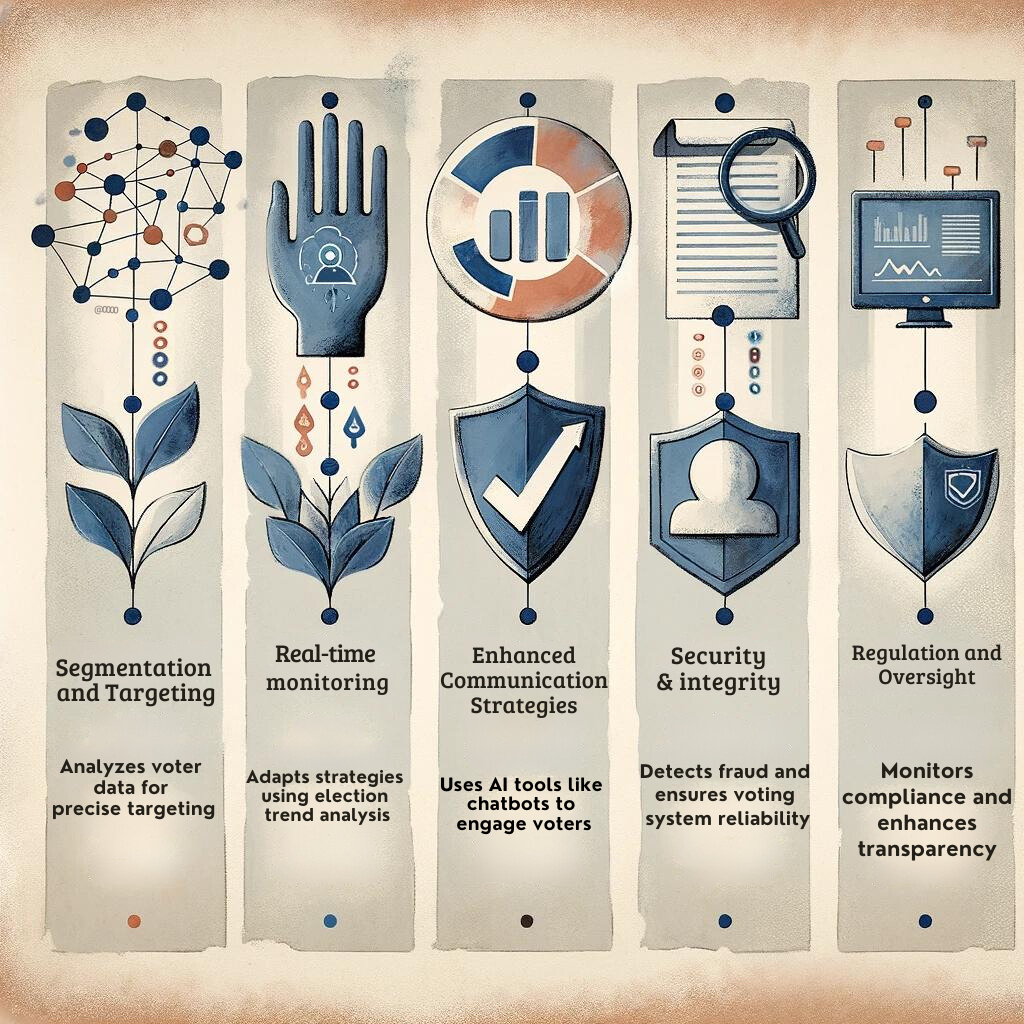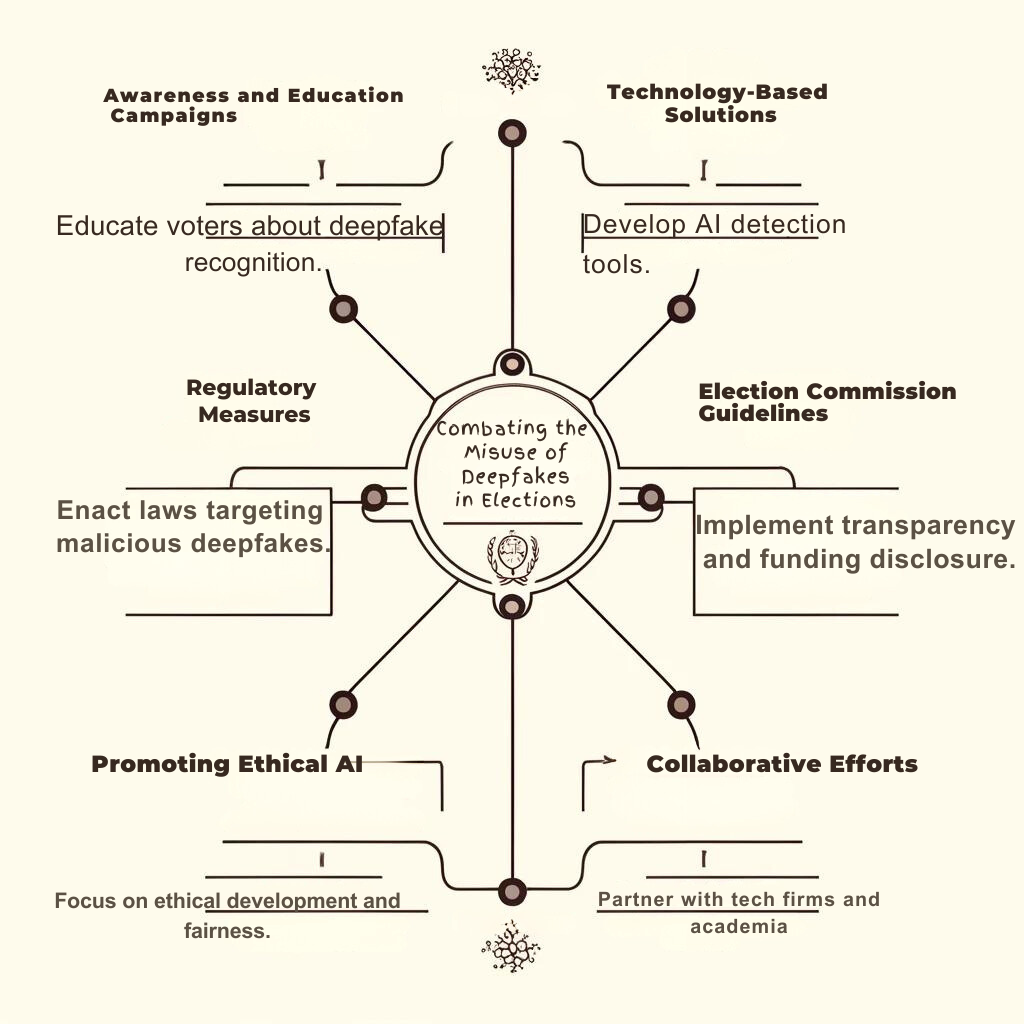In the digital age, introducing deepfakes into the electoral process presents a profound challenge to the integrity of democracies worldwide. Deepfakes are sophisticated artificial intelligence (AI) technologies capable of creating convincing fake audio and video content. It can potentially undermine the public’s ability to discern truth from fabrication.
Origin of the Article
This editorial is based on “Deepfakes in elections: They have shaken our faith in our own judgment,” published in The Indian Express on May 14, 2024. It discusses the emergence of deepfakes in elections and the associated challenges to verifying authentic information and maintaining public trust.
Relevancy for UPSC Students
For UPSC aspirants, understanding the implications of deepfakes is crucial, not only for their relevance to syllabus sections like GS Paper III. This paper not only covers technology and security issues but also enriches their analytical skills. Deep knowledge of such contemporary issues enhances their ability to tackle related questions in both the Prelims and Mains examinations. This prepares them for addressing real-world governance challenges related to technology and ethics in their future administrative roles.

Why in News
The issue of deep fakes in elections is currently in the spotlight due to its significant implications for the integrity of democratic processes, a core topic for UPSC aspirants. This technology challenges the traditional methods of information verification, which are essential for a fair electoral process. Given the UPSC’s previous focus on technology’s impact on society, understanding the nuances of deepfakes is crucial for candidates, aligning with the syllabus and recent trends in questioning, especially concerning AI’s role in governance and societal ethics.
What are Deepfakes?
About:
Deepfakes utilize AI technology to generate synthetic media, manipulating both visual and audio content to deceive viewers. This technology creates highly realistic content, posing significant challenges in differentiating between real and manipulated media.
Origin:
The term “deepfake” was introduced in 2017 by an anonymous Reddit user utilizing Google’s deep-learning technology. Originally used for creating altered pornographic content, the term now encompasses a broader range of media manipulations.
Creation:
Deepfakes are created using generative adversarial networks (GANs), which include two parts: the generator and the discriminator. The generator creates images or videos mimicking real ones, while the discriminator evaluates their authenticity.
Data Synthesis:
Creating deepfakes requires extensive data, often collected from the internet and social media without individuals’ consent. This data includes detailed images and videos necessary for training AI models.
Deep Synthesis:
Deep Synthesis involves technologies like deep learning and augmented reality to generate comprehensive synthetic scenarios. This broad technological spectrum is crucial for developing realistic audiovisual simulations.
Advantages of Deepfake in Elections

Segmentation and Targeting:
Deep learning helps analyze vast amounts of voter data, including demographics and social media behaviors. Moreover, it enables precise targeting in political campaigns through techniques like natural language processing (NLP).
Real-time Monitoring and Adaptation:
AI technologies enable real-time monitoring of election trends and voter sentiments, helping campaigns adapt strategies dynamically based on predictive analytics and sentiment analysis.
Enhanced Communication Strategies:
AI-driven tools like chatbots and virtual assistants use deepfake technology to engage voters effectively on digital platforms. Thus providing information and encouraging electoral participation.
Security and Integrity:
AI tools are instrumental in safeguarding electoral integrity by detecting potential fraud and ensuring the reliability of electronic voting systems through pattern analysis and anomaly detection.
Regulation and Oversight:
AI assists in regulatory oversight by monitoring political ads and campaign finances. Thus ensuring compliance with electoral laws, and enhancing transparency in the election process.
Challenges Related to Deepfakes in Elections
Electoral Behavior Manipulation:
Deepfakes can severely manipulate electoral behaviors by spreading personalized propaganda and discrediting opponents, which can alter voter perceptions and influence election outcomes.
Spreading Misinformation:
The capacity of deepfakes to spread misinformation can undermine democratic processes, as seen with the manipulated audiovisual content going viral and misleading the public during critical times.
Inaccuracies and Unreliability:
The inherent inaccuracies in AI models, like those seen in Google’s AI, pose reliability issues, making it challenging to trust the content generated by these technologies.
Ethical Concerns:
The use of deepfakes raises significant ethical issues such as privacy invasion, transparency deficits, and potential biases in AI algorithms, which may unfairly influence voter behavior.
Regulatory Challenges:
Regulating deepfake technology in elections is complex due to the rapid evolution of AI capabilities and the global nature of digital platforms, which often outpace legal frameworks.
Government Initiatives Related to Deepfakes
IT Act, 2000 and IT Rules, 2021:
These legal frameworks mandate swift removal of deepfake content by social media platforms, with non-compliance attracting fines or imprisonment, enhancing content accountability.
INDIAai and Other Initiatives:
Efforts like INDIAai demonstrate the commitment to addressing AI challenges, including deepfakes, through international collaborations and dedicated research platforms aimed at responsible AI development.
Combating the Misuse of Deepfakes in Elections

Regulatory Measures:
Proposing stringent laws specifically targeting the malicious creation and distribution of fakes during elections can curb misuse and protect electoral integrity.
Election Commission Guidelines:
Guidelines ensuring transparency in AI use in elections and disclosing funding sources for political ads can enhance fairness and trust in digital electoral processes.
Technology-Based Solutions:
Developing advanced AI detection tools can help identify and mitigate the impact of deepfakes, ensuring the authenticity of information disseminated during elections.
Awareness and Education Campaigns:
Educational initiatives about deepfakes can enlighten the electorate on recognizing and questioning the authenticity of manipulated content, fostering informed decision-making.
Collaborative Efforts:
Encouraging partnerships among tech firms, governments, and academia can lead to innovative solutions to detect and counteract deepfakes, strengthening defenses against digital manipulation in elections.
Promoting Ethical AI:
Emphasizing ethical AI development that respects privacy, ensures transparency, and avoids biases can foster technology that supports democratic values rather than undermining them.
Conclusion
As deepfakes increasingly infiltrate our electoral processes, the challenge extends beyond mere technological fixes to a broader crisis of trust and information integrity. For UPSC aspirants, understanding the implications of such technologies for democracy and governance is crucial. This scenario underscores the necessity for robust regulatory frameworks, public awareness, and ethical AI practices. Moreover, as future policymakers and administrators, aspirants must be prepared to tackle these evolving challenges with innovative solutions and a commitment to uphold democratic values.

